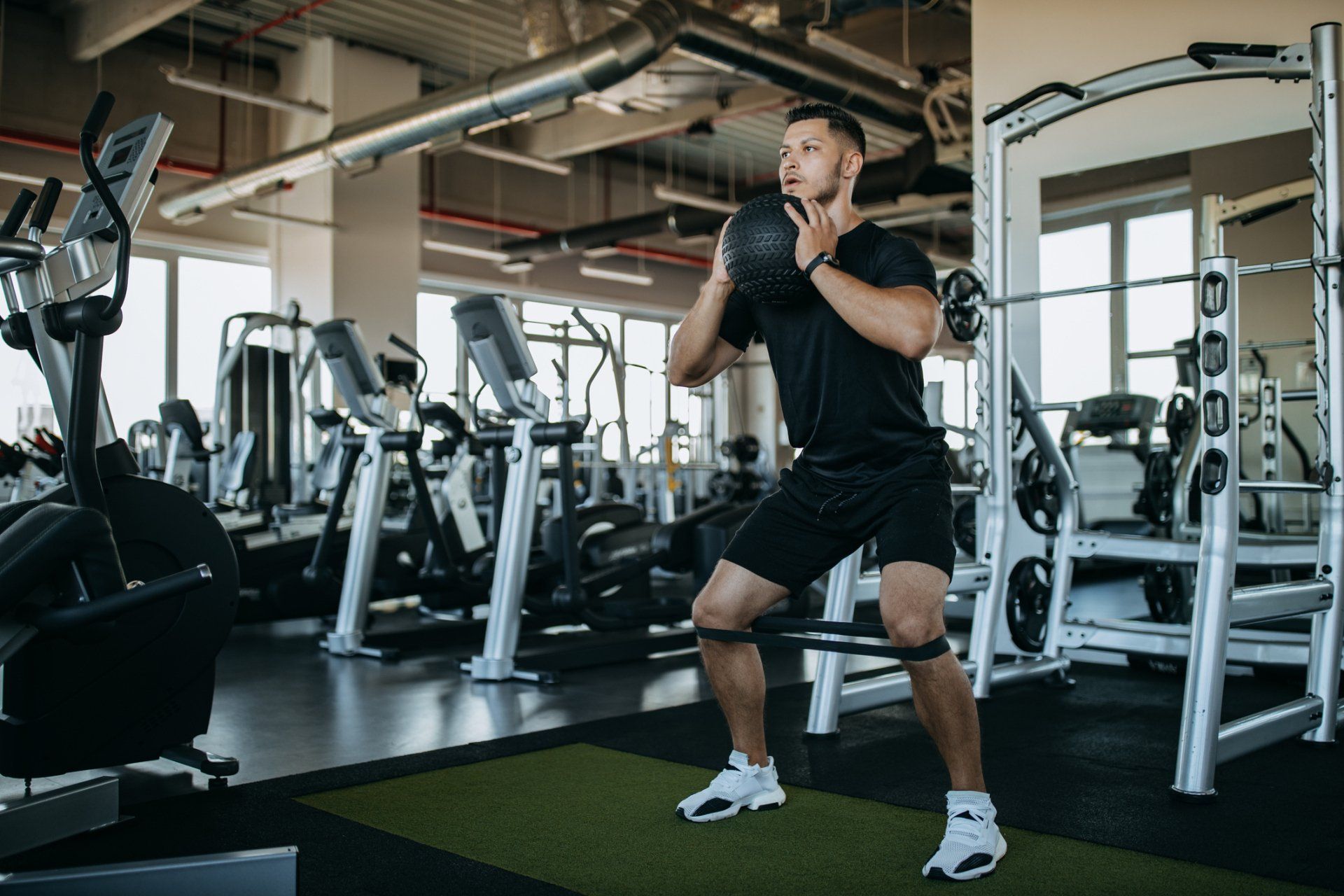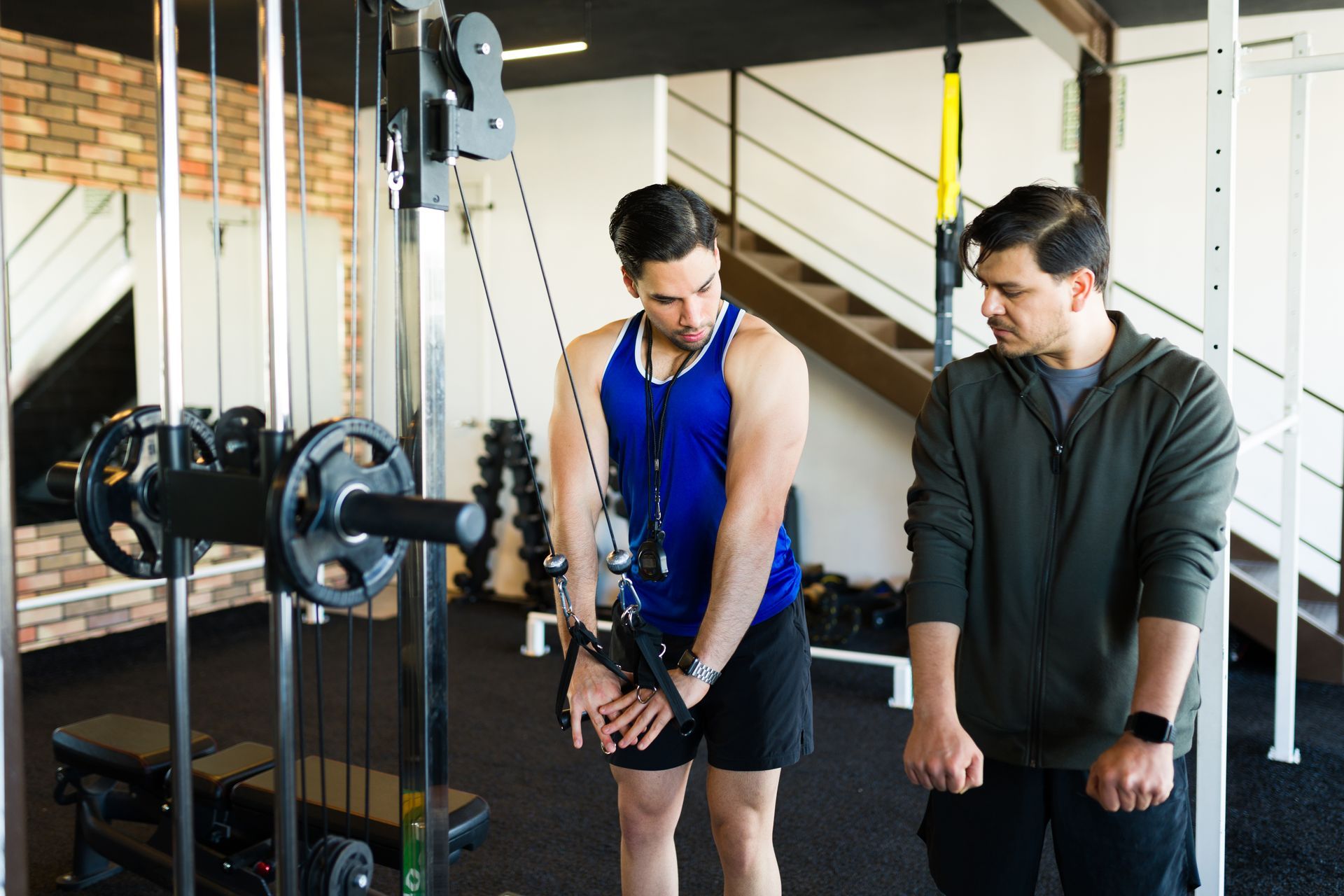February 4, 2022
How to Periodize Your Training
It is a widely known fact that fitness training can produce many benefits for your body.
These include increased muscle mass, reduced fat, and improved cardiovascular fitness.
However, though we all know a lot about exercises, sets, and reps, there is little said about other, important factors like training periodization.
This article will discuss the concept of periodization in fitness training and why it works so well.
Whether you are just starting off with fitness training or are more advanced, keep reading as I reveal this concept and how you can apply it.

What Does Periodizing Mean?
If you've been in the fitness game for some time, you probably know that achieving certain results takes time.
The principle of "periodization" entails separating goals into periods, where they are the sole focus.
If you were an athlete, you would periodize your training to get you ready for a season. Starting from when the last season ends, it would go something like this: transition phase, hypertrophy/general fitness phase, strength phase, power/peaking phase, in-season phase, transition phase.
In the classical bodybuilding/physique transformation-type of fitness training, you have three main periods:
1. The bulking period (gaining quality weight, increasing performance stats)
2. The cutting period (losing weight, getting leaner while maintaining strength and muscle)
3. The transition period (switching from the first one to the second and then vice versa)
So think of it this way - Trying to lose fat and gain muscle at the same time is the equivalent of multitasking, where results in each regard are suboptimal due to the fact you are splitting your attention. If you give your undivided attention to the task at hand, you will achieve better results, simple as that!
Seasonal Changes
Much like any other species, humans have what seems to be a fine-tuning to the natural cycles of our planet, Earth.
We tend to be more active during the summer and less active (in sort of a "recovery mode") during the colder seasons.
Your training periodization can match those exact parts of your human cycles, to favor each goal.
So when it comes to training and seasonal changes, I like to think of it this way...
Spring into Summer = Fat Loss/Leaning Out
If you're looking to lose fat and maintain lean body mass, starting a fat loss period before full-blown summer starts is likely a good idea.
As mentioned, the better weather leads to us naturally being more active. This activity makes it far easier for you to establish a caloric deficit and favor weight loss.
This is EXACTLY why a fat loss period is well-suited for spring into summertime.
Fall into Winter = Bulk!
Much like bears, humans tend to start consuming more food during the colder seasons.
This elevated appetite and lower activity levels make it easy for you to create conditions that favor muscle-building and overall improved athletic performance and progress.
Once the full-blown summer is over, start a gaining phase, where your main goals are to:
1. Gradually increase training intensity and volume
2. Eat more food
3. Recover well
How to Transition
As we mentioned, the third period is the transitional period, which is something mandatory, between the other two periods.
The transition period entails a gradual change in caloric intake and training output and can be considered an "opening" for the bulking/cutting periods.
If you're starting a weight-loss period, transition into it smoothly, by gradually decreasing your calories until you start losing weight at a healthy rate of 1-2 lbs a week.
Once the weight-loss period is over, transition slowly into a gaining period, by gradually increasing your caloric intake and upping training intensity, sets, and reps.
This will allow for a smooth transition, that won't leave the body and the metabolism shocked.
Remember - the body doesn’t like sudden changes.
Take-Home Message
The seasonal changes of our planet have different effects on the body and its nervous system, leading to changes in metabolism.
These interactions can be leveraged as an extra helping hand for your fitness goals.
Split your goals into periods, train accordingly and give it time.





